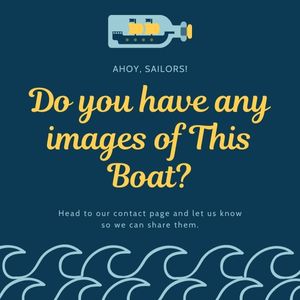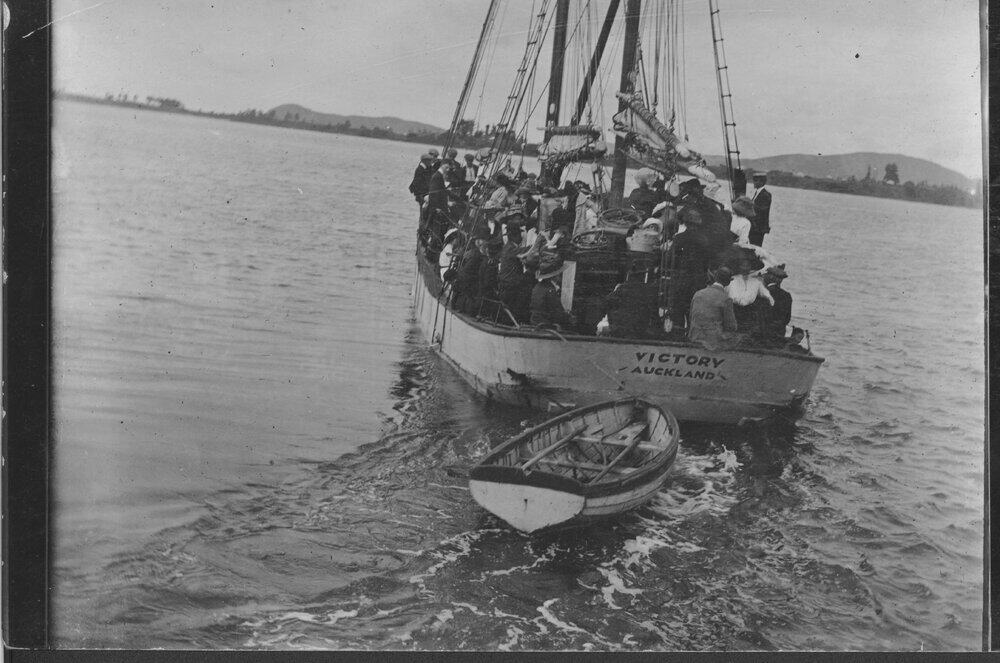Build Date
1903
Boat Builder
Bailley and Lowe
Length
57 Feet 2 Inches
Beam
17 Feet 4 Inches
Building Victory and Her First Owners
Victory was built as a ketch-rigged deck scow by Bailey and Lowe in Auckland. She had a centreboard, flat bottom and sails though there is some debate as to whether she is a true scow. During her years Victory had two 10 bhp Union Gas Engines of San Francisco oil engines installed. She was used to transport coal and timber in the Waitemata and Kaipara harbours and even took supplies to the Whenuapai Airbase.
Her first owners were Thomas and Drusilla Wills of Kennedy Bay in the Coromandel who owned her from 1903 until 1907 when the Northern Steamship Co. Ltd., took over. During this period in 1909 Victory had some alterations which increased her weight to 32.57 gross tons. In 1911 Victory had a fire that slightly damaged her hold whilst in Tauranga with F. Morris in charge. Then in 1913 with J.M. Roberts at the helm Victory collided with Edna in the Firth of Thames. It was also in 1913 when Victory started a weekly service to Waitakaruru. This worked well until she was stranded in the mud a few times too many including a ten-day stranding. After this the run was changed to Shortland in Thames until 1915 when the service stopped altogether.
Draught
3 Feet 3 Inches
Weight
22.24 GT / 16.85 NT
Official Number
115198

Victory’s From 1917 Onwards
Her final mishap with the Northern Steamship Co. Ltd., came in December 1917 with George Page as skipper, when Victory was stranded at the Manukau Heads. Travelling in a strong south east they struggled to see the guiding beacons through the mist and hit the middle bank.
After the Northern Steamship Co. Ltd., came the Avoca Coal Company Ltd., who owned Victory from 1932 until 1937 when Archie Curel took over. He made several modifications to transform Victory from a trading vessel into a houseboat which he kept until 1946 when he donated her to the Kaipara Cruising Club. At the same time a Mrs Baker donated land for Victory to be kept on as a clubhouse and storage for the boaties of Helensville. Here Victory stayed until October 1962 when she was condemned and burned.
References
To research Victory we used the book A History of New Zealand Scows and their Trades by David Langdon.
Related Posts
Vesper – 76.8ft Bailey and Lowe scow used for trading in the Hauraki Gulf.
Altair – 74.3ft scow built by George Niccol
Alma – 79ft deck scow built in Auckland by George Niccol.
Vixen – 69.3ft deck scow built in 1883 by Charles Bailey Snr.

